EDGELAND (2021)
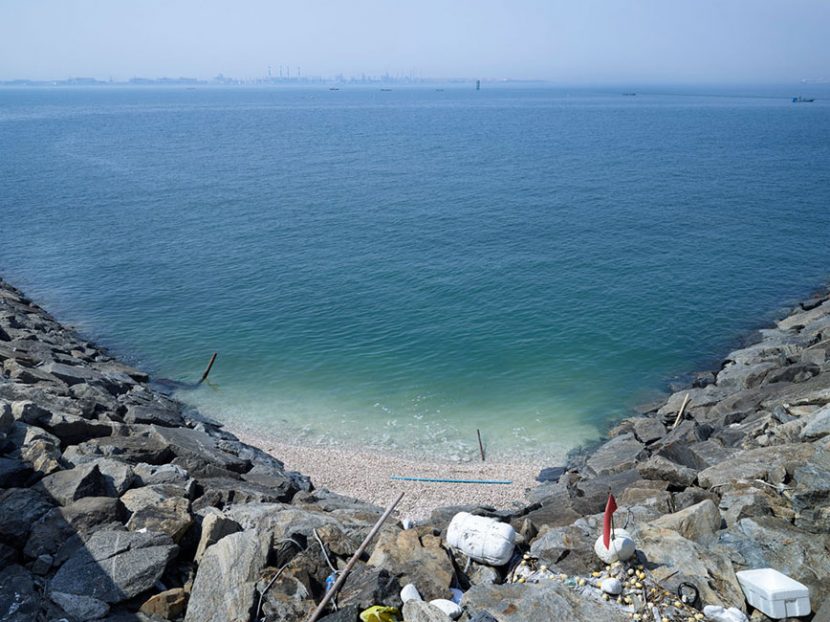
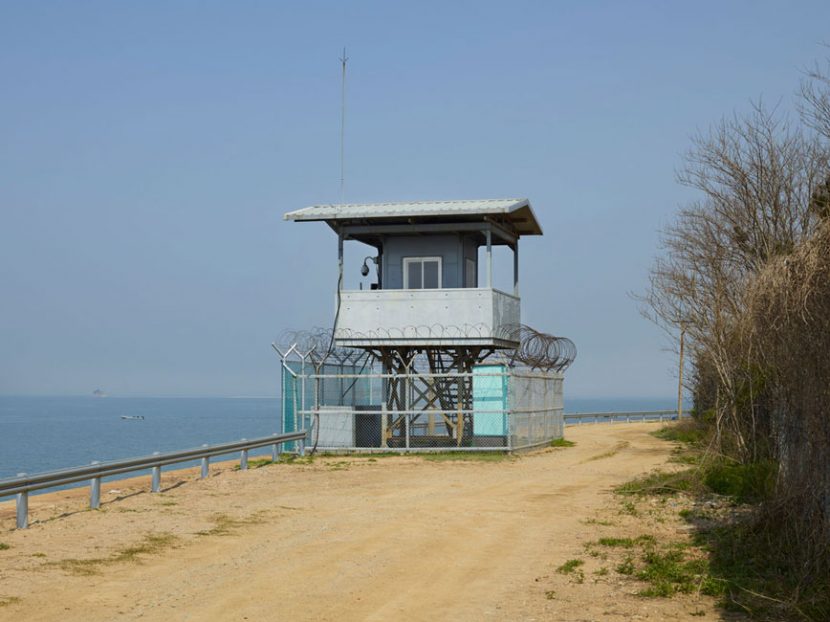
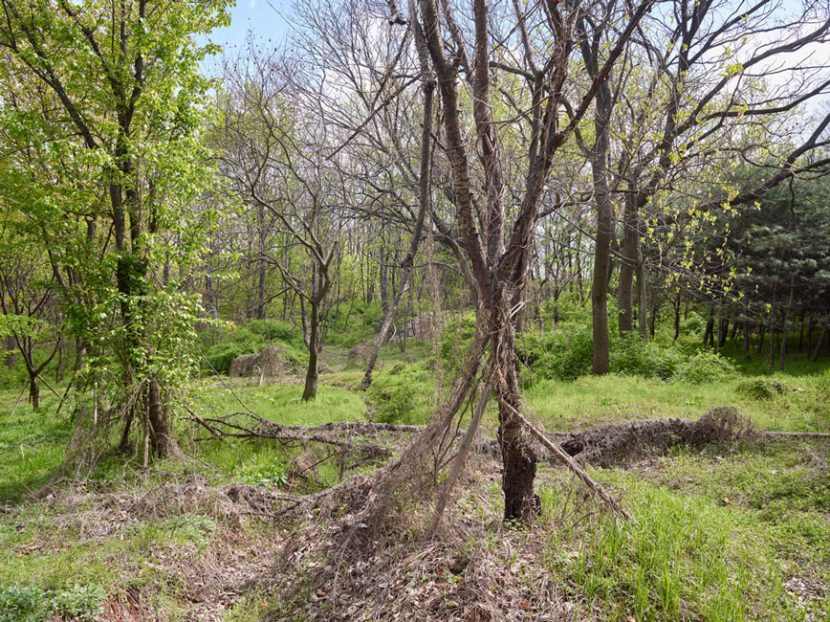
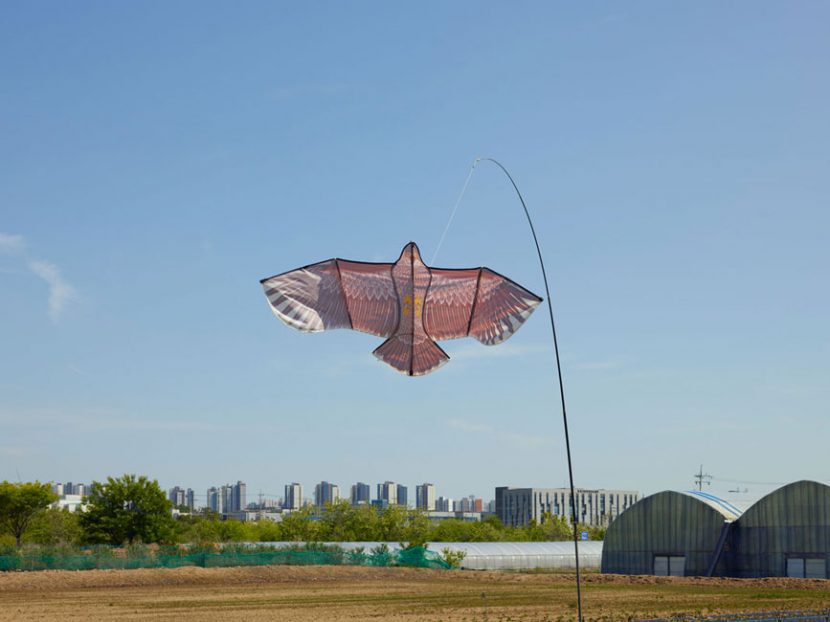
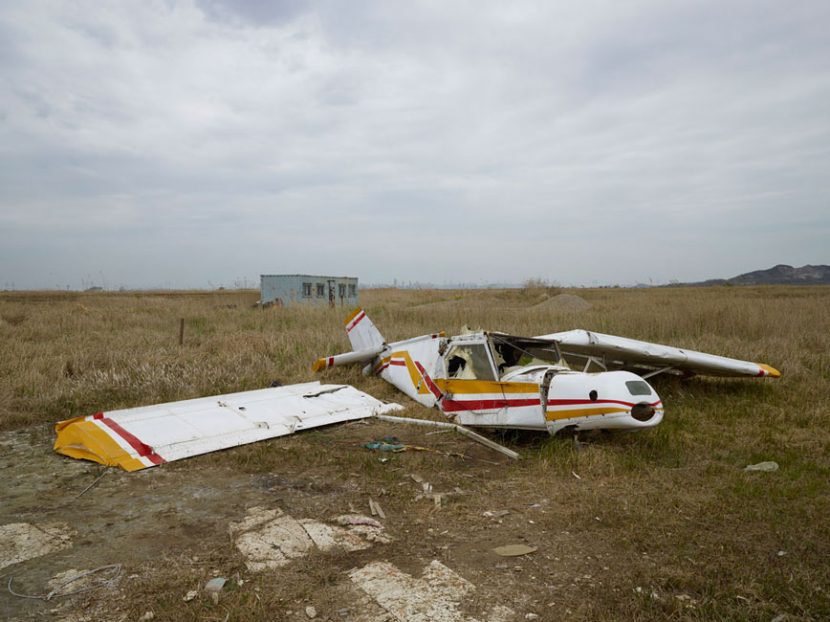
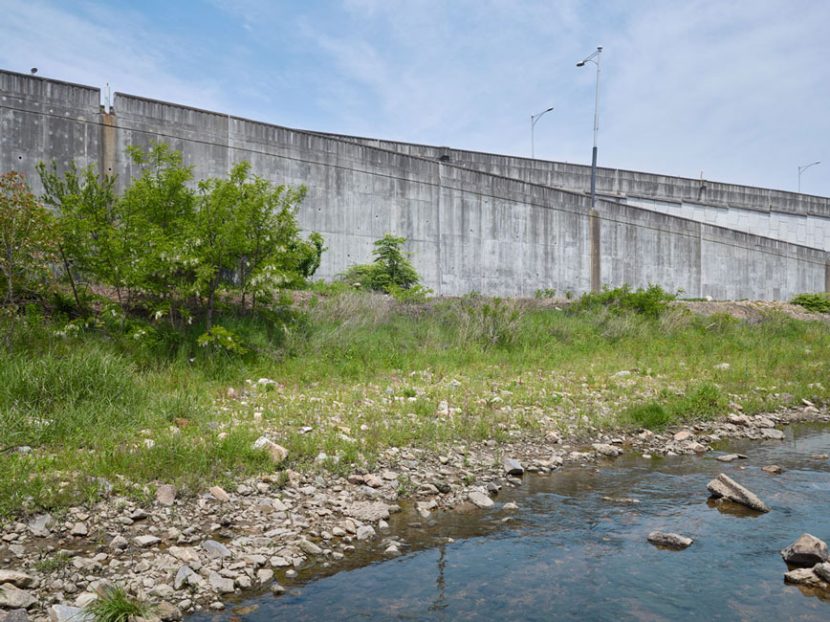
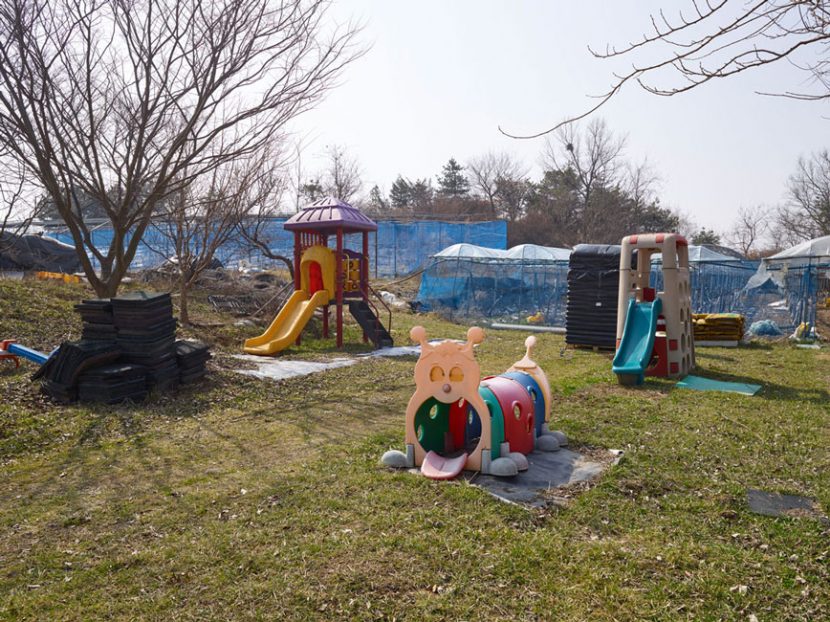
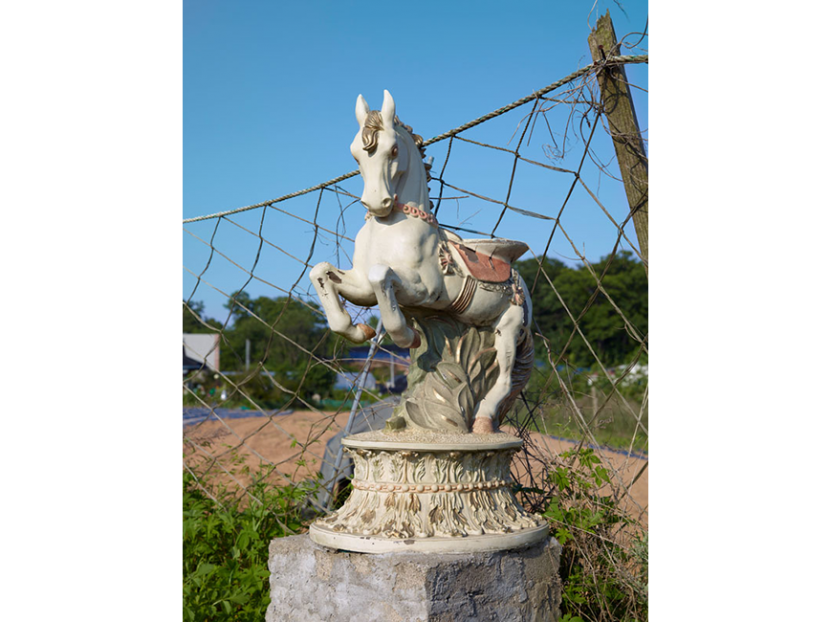
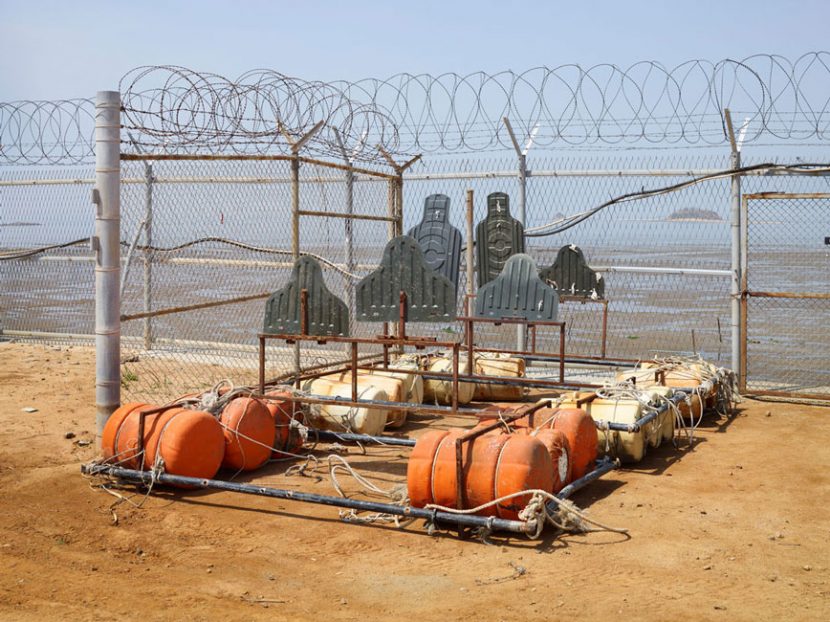
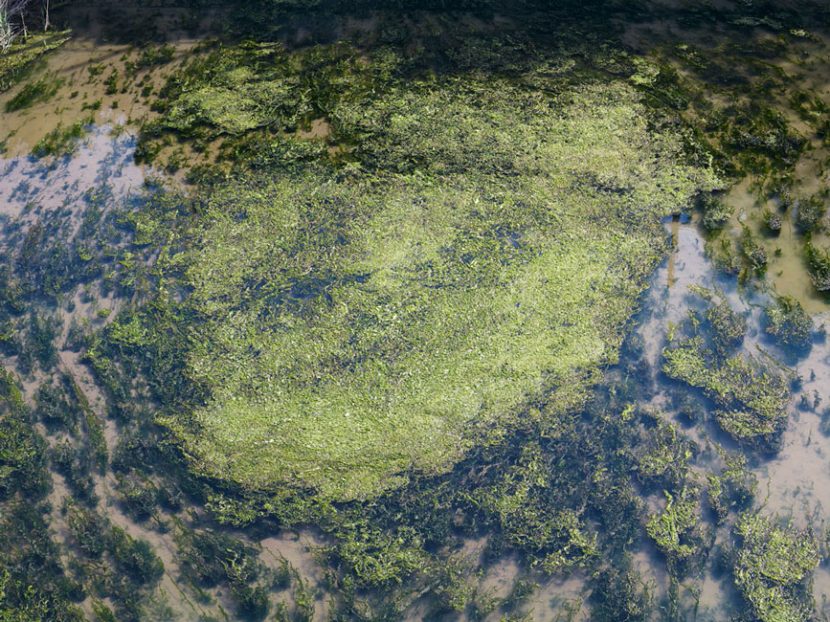
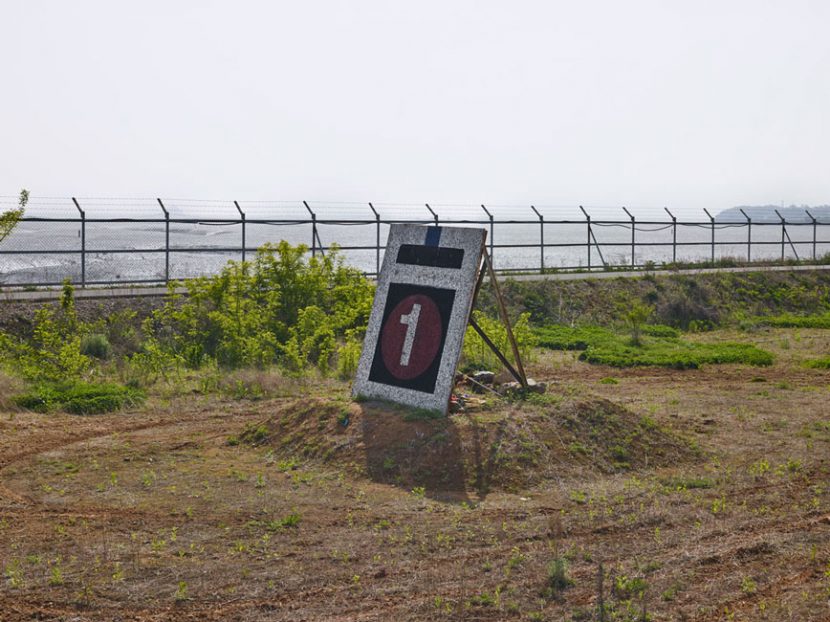
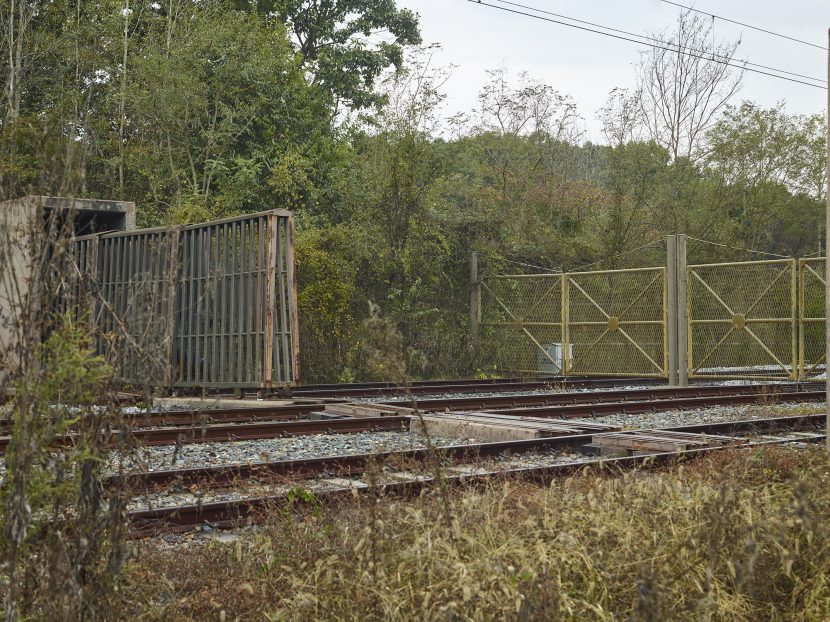
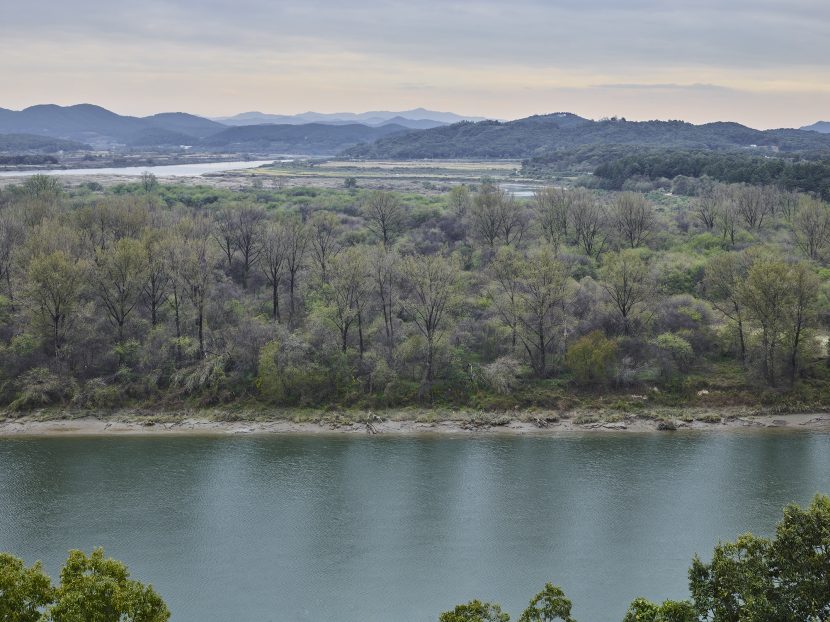
Edgeland 2021~
‘Edgeland’ is not just about the peripheries. It looks into those
transforming areas located in between cities and countryside. The series is based
on my long passion on the peripherals. The project began early this year from the
borderline area near Hwaseong with the support from Gyeonggi-do’s Hwaseong
City Cultural Foundation, and with the commission from GyeongGi Cultural
Foundation the subject has expanded to the entire Gyeeongi-do municipal area.
I am reminded of the words from Chinese-American geologist Yi-Fu Tuan’s 1970s
book when I’m discussing this project. He states that ‘SPACE’ transforms into
‘PLACE’ through human activities, perceptions and accumulation of experiences.
Likewise, Gyeonggi-do used to be a space lacking any personal narratives, but in
the course of this project it transformed into a place that has made the project
even more meaningful.
Gyeonggi-do’s vast land once stretched out into the North Korean territory
before the Peninsula was divided, and it currently surrounds the capital city of
Seoul. My works on guard posts or bob wires on the western coasts of Gyeonggido
depict various dimensions of what Gyeonggi-do is facing today. Its southern
and metropolitan areas possess highly developed futuristic elements. They are
cities, but also areas of nature and administrative districts where the ocean,
mountains and more recently new town developments are topographically
compressed into one. The newest images of the forest were taken in the hills
located in between Gyeonggi-do’s Hwaseong and Osan. Looking at these photos
will remind you of some of the features from ‘Edgeland’ mentioned by Robert
Macfarlane. According to him, plants freely growing in the borders of rural
and urban surpass the boundaries that can be controlled by humans. In fact,
interesting wild landscapes could be found in the peripheries of outer Gyeonggi-do
despite their proximities to the cities, perhaps because they are relatively isolated
from the local administrative influences and rarely visited by people.
Imjin River and Chopyeong Island gazed from the Civilian Control Zone of Paju,
Gyeonggi-do, also revealed their original appearances as they were untouched by
the humans for more than half a century. Yet on the other hand, the island was an
irony as no one can touch it in fear of lost landmines. Railway tracks of Gyeongui
line that had connected Seoul with Sinuiju are rusting away in Paju’s Civilian
Control Zone, waiting to be reconnected again. They not only show current status
of Gyeonggi-do’s peripheries but there are also elements of critique, exposing
various historicity from the past, and physical as well as emotional severance
apparent in contemporary Korea. Gyeonggi-do’s peripheries observed with the
concept of ‘Edgeland’ were dynamic spaces. In them, the mixture of breaks and
continuance, preservation and development, overlapping of time, perished spaces
and places to come, past and future, and place and non-place all exist together.